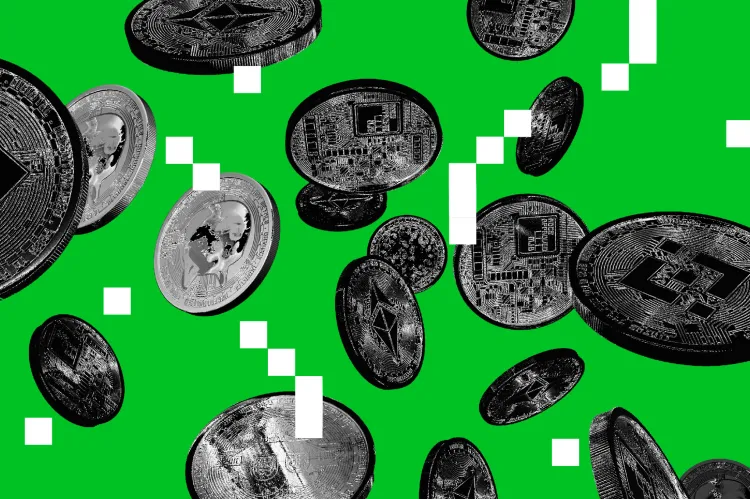 |
According to research by Alex de Vries-Gao, some AI models have electricity consumption equivalent to that of a country. Photo: TheVerge . |
Artificial intelligence (AI) could soon overtake Bitcoin mining in terms of energy consumption, according to a new analysis. The study concludes that AI could use nearly half of all electricity consumed by data centers globally by the end of 2025.
These estimates come from Alex de Vries-Gao, a PhD student at the Vrije Universiteit Amsterdam Institute for Environmental Research, who has been tracking the electricity consumption and environmental impact of cryptocurrencies. His latest commentary on AI’s growing electricity demands was published in the journal Joule last week.
“The bigger the better”
AI is currently estimated to account for as much as 20% of the electricity used by data centers, and De Vries-Gao’s analysis, based on supply chain forecasts for specialized AI chips (due to a lack of specific data from tech companies), shows that consumption is escalating rapidly, despite improvements in efficiency.
De Vries-Gao thought his research on energy-intensive technologies would end with Ethereum The Merge. However, the emergence of ChatGPT has given him a new focus. The analyst sees striking similarities between the development of AI and the energy demands of cryptocurrency markets.
“When ChatGPT came out, I thought, ‘Oh my gosh, not again.’ This is an unusual technology that consumes a lot of energy, especially in highly competitive markets,” he told The Verge .
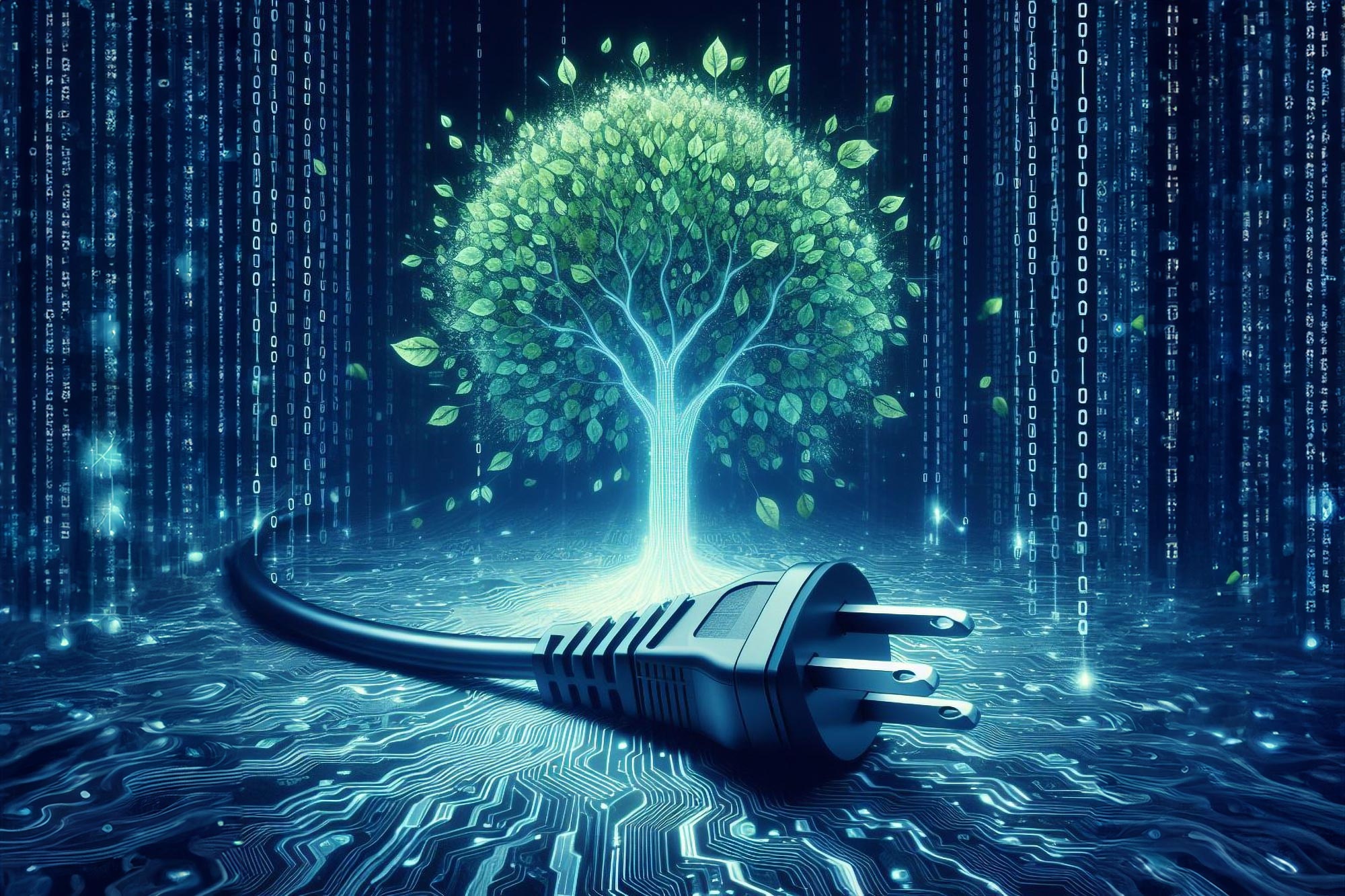 |
The AI industry will become increasingly energy-intensive due to competition. Photo: SciTechDaily. |
One important commonality is the “bigger is better” mindset that prevails in both industries. “We see tech companies continually scaling up their models to create the best application, but this also increases the demand for resources,” explains De Vries-Gao.
The pursuit of this trend has fueled a boom in new AI data centers, especially in the US, which has led to plans to build new gas-fired power plants and nuclear reactors to meet growing electricity demand.
These spikes in electricity demand can put a strain on the grid and hinder the transition to cleaner energy sources, similar to the challenges posed by cryptocurrency mining. Another similarity is the difficulty in accurately assessing the energy consumption and environmental impact of these technologies. While big tech reports its carbon footprint, it rarely provides specific data on AI alone.
To solve this problem, De Vries-Gao used a technique called “triangulation.” He used publicly available device information, analyst estimates, and company earnings reports to predict how much hardware would be produced and how much energy it would consume.
He also noted that Taiwan Semiconductor Manufacturing Company (TSMC), a major AI chip maker, has more than doubled its AI chip production capacity from 2023 to 2024.
Forecast and unknowns ahead
De Vries-Gao estimates that in 2024, AI will consume as much electricity as the entire Netherlands. By the end of 2025, this could increase to the level of the UK, with AI electricity demand reaching 23 gigawatts (GW).
A separate report from consultancy ICF also forecasts that electricity demand in the US will increase by 25% by 2030. This increase is mainly due to AI, data centers and Bitcoin mining.
Despite these projections, putting an exact figure on AI energy consumption remains complex. The environmental impact varies significantly depending on factors such as the type of processing required, the size of the AI model, and the energy supplied to the local grid.
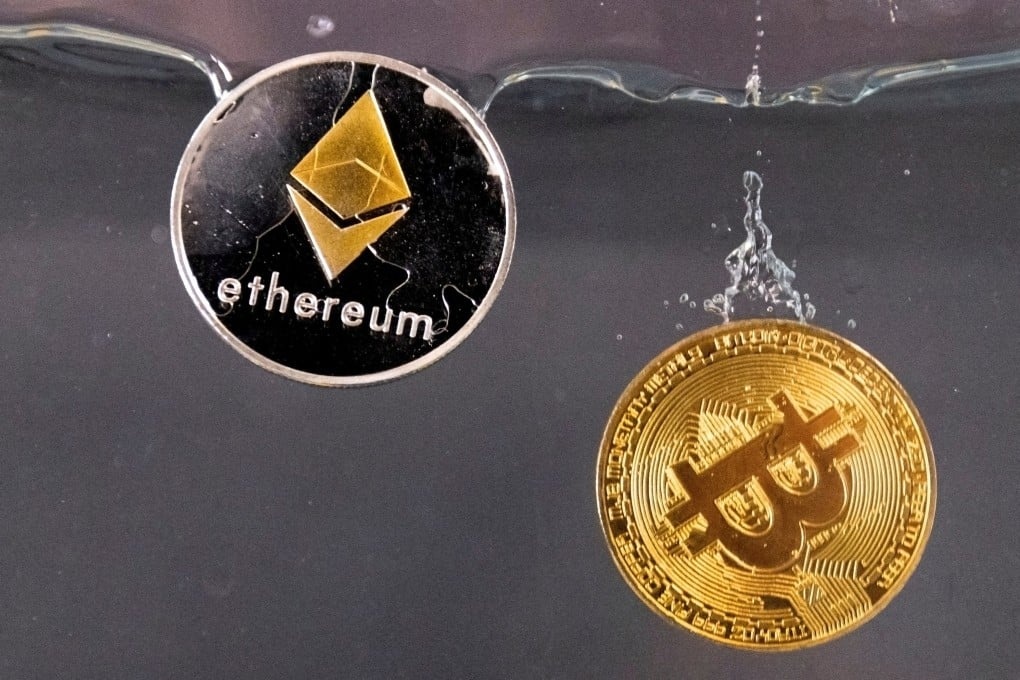 |
Ethereum's electricity consumption has dropped by 99.988% after switching to a more energy-efficient transaction validation method than Bitcoin. Photo: SCMP. |
For example, using AI tools processed in data centers in West Virginia can generate nearly twice as much carbon emissions as in California, due to differences in renewable energy use between the two states.
De Vries-Gao believes tech companies need to be more transparent. “It’s really ridiculous to have to go through so many complicated steps to come up with an estimate. It shouldn’t be this ridiculously difficult, but sadly it is,” he said.
Looking ahead, whether energy efficiency will increase remains to be seen. While some AI models, like DeepSeek’s, claim to consume significantly less electricity than others, the question is whether companies will prioritize efficiency over the “bigger is better” trend.
There is also the risk of Jevons’ paradox – where increased efficiency leads to greater overall consumption due to increased usage – and without better measurement and transparency, managing the energy consumption of AI will be a major challenge.
Source: https://znews.vn/ai-co-the-tieu-thu-dien-nhieu-hon-bitcoin-vao-cuoi-nam-2025-post1556958.html


![[Photo] 60th Anniversary of the Founding of the Vietnam Association of Photographic Artists](/_next/image?url=https%3A%2F%2Fvphoto.vietnam.vn%2Fthumb%2F1200x675%2Fvietnam%2Fresource%2FIMAGE%2F2025%2F12%2F05%2F1764935864512_a1-bnd-0841-9740-jpg.webp&w=3840&q=75)


![[Photo] National Assembly Chairman Tran Thanh Man attends the VinFuture 2025 Award Ceremony](/_next/image?url=https%3A%2F%2Fvphoto.vietnam.vn%2Fthumb%2F1200x675%2Fvietnam%2Fresource%2FIMAGE%2F2025%2F12%2F05%2F1764951162416_2628509768338816493-6995-jpg.webp&w=3840&q=75)




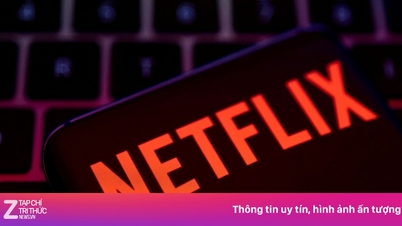

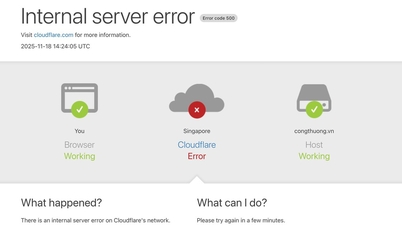

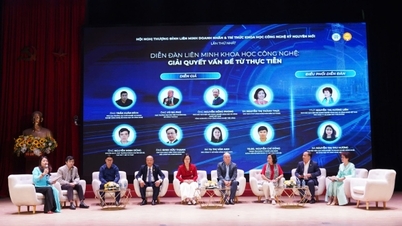

























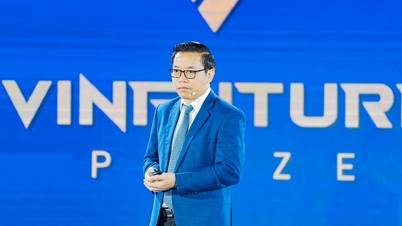
























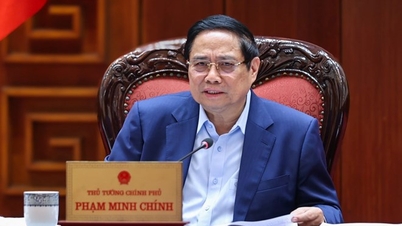
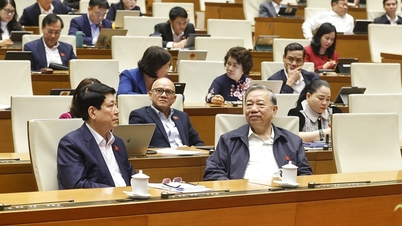
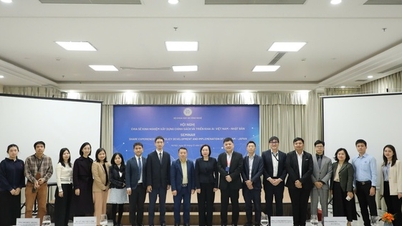





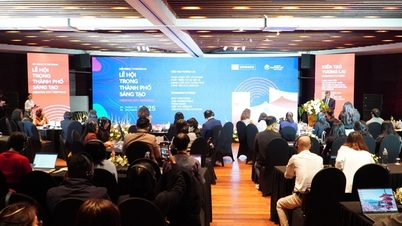


























Comment (0)